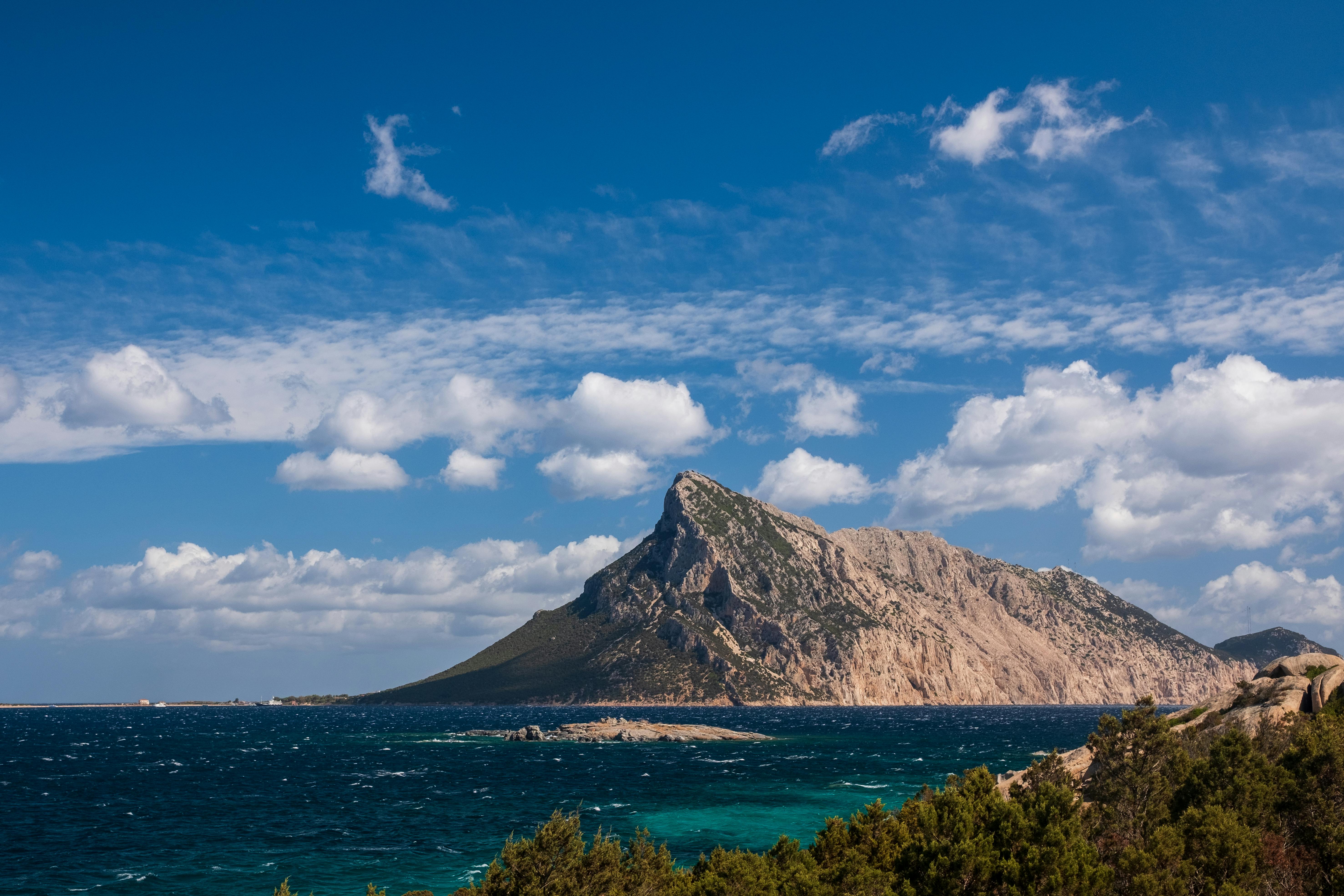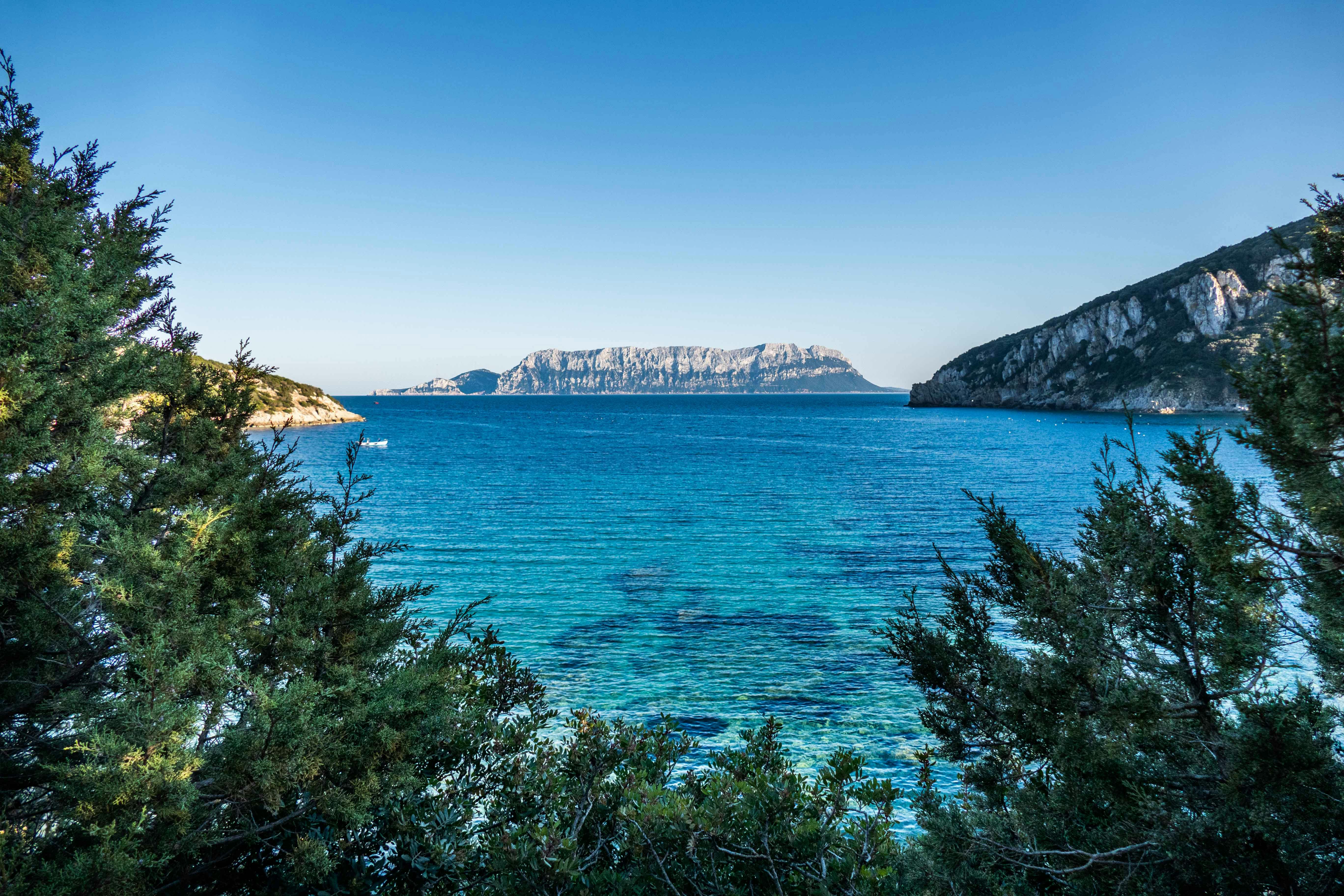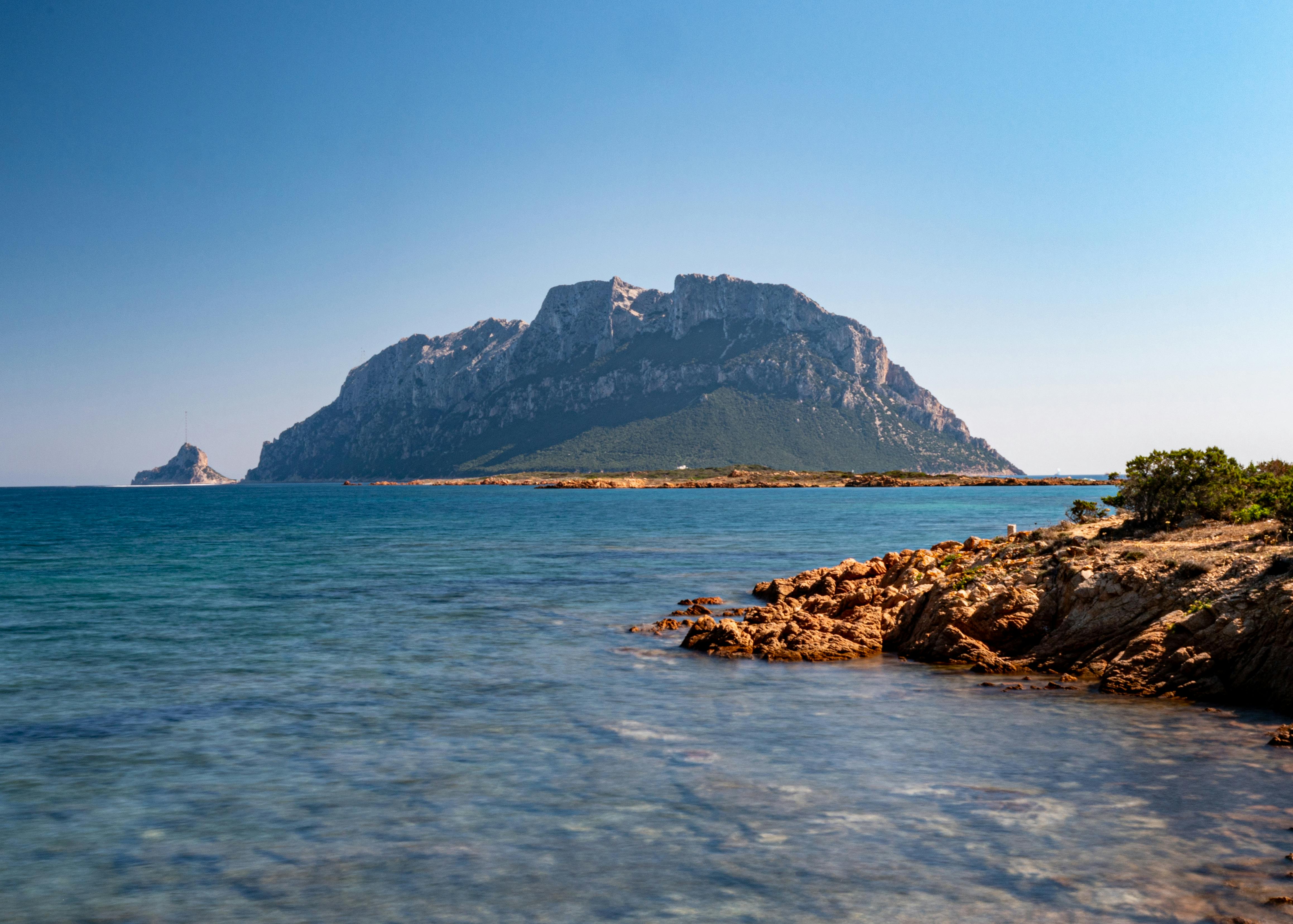People & MPAs – 30x30 Story Collection
From Resistance to Partnership: How Tavolara’s Marine Protected Area Became a Billion-Euro Conservation Success
September 22, 2025
By Maria Elena De Matteo
Based on a transcribed interview with Augusto Navone, Director of the Tavolara – Punta Coda Cavallo Marine Protected Area (MPA)
When Augusto Navone first took up his post in 2004 as director of the Tavolara MPA, in Sardinia, the situation was less than welcoming.
Locals didn’t want the marine protected area. The community had been left in the dark during its creation. Fishermen were wary. The buoys marking the no-take zones broke loose regularly and drifted away. “The first year,” Augusto recalls, “I spent more time chasing boundary buoys than doing anything else.”
There was a lot to fix. But also, a lot to protect.
A Slow Start, Then a Shift.
The MPA had technically existed since 1997, but it wasn’t until 2003 that a management consortium was formed. By the time Augusto arrived in 2004, he had little more than a statute, an office with a phone, and a sceptical community around him.
But over time, the approach changed. The MPA team didn’t impose: they opened the office doors. They listened, and they met with operators three or four times a year to discuss issues. They started collecting data, not just on fish biomass, but on boat traffic, diver pressure, tourist flows, and environmental impacts.
Most importantly, they built trust.

“We are the custodians of a shared asset.”
One of the MPA’s greatest achievements was to reframe the conversation with local economic actors. Instead of speaking only in regulations and restrictions, Augusto’s team introduced the concept of natural capital — the idea that Tavolara’s ecosystems held real, measurable economic value.
Fish biomass was calculated and assigned monetary worth. Ecosystem services tied to tourism were valued at over €600 million. Overall, the protected area was shown to contribute nearly €1 billion in value, half of which stays directly in the local economy.
These numbers weren’t just theoretical, they became tools for negotiation.
“We manage an environmental context that is worth this much,” Augusto would say to tourism operators and small businesses. “But you are custodians of this, too.”
The result? Today, operators contribute around €300,000 a year to the MPA, a tangible sign of recognition and collaboration.
From Mistrust to Involvement
In the beginning, many saw the MPA as an external imposition. But bit by bit, the relationship changed — especially with fishers.
Rather than exclude them, the MPA invited them in. Fishers participated in scientific monitoring and were paid for boat transport. Later, they became educators too, taking school children to the docks, teaching them about marine life, and cooking with them during lively community events. “They told stories,” Augusto remembers, “and the kids listened in awe.”
This wasn’t token inclusion: it was about creating moral and cultural continuity. “There were only fifteen fishers left, and it mattered to us that their role didn’t disappear.”

Regulating With — Not Against — the Economy
From the start, the MPA put hard limits on numbers:
• A daily ceiling for tourist boats
• A cap on diving operators
• Passenger quotas for excursions to Tavolara
• Limits on underwater and professional fishing activities
Instead of simply enforcing these rules from above, the team worked with stakeholders to refine, explain, and adapt them. Negotiation was constant, not one-off. “This is protection,” Augusto explains, “but it’s also regulation done with the economy, not against it.”
A New Kind of Growth
Since the MPA’s formal management began, tourism has changed, not just in size, but in quality as well. As a result, dive centres and rentals have expanded, and environmental education activities have multiplied. New studies and reports are published each year, tracking the impact of human activity and fine-tuning management.
And while mass tourism pressures persist — including noisy water games and the commercialisation of once-pristine beaches — the MPA has tools to act. The key, as always, is dialogue.
What Made It Work
When asked what made Tavolara’s MPA thrive where others stall, Augusto points to three things:
• Continuity — he’s been there from the start.
• Political backing — the MPA had consistent support.
• Expertise — especially in coastal-marine systems.
But perhaps the most powerful ingredient was persistence. Tavolara’s success wasn’t built overnight. It took years of open doors, careful science, and deep respect for the people who live and work by the sea.
“Marine protected areas in Italy,” Augusto says, “only work when someone really decides to make them work.”
And in Tavolara, they did.

Get Involved Now
The Mediterranean Sea, a vital hub of marine biodiversity, is facing an unprecedented threat from illegal fishing practices